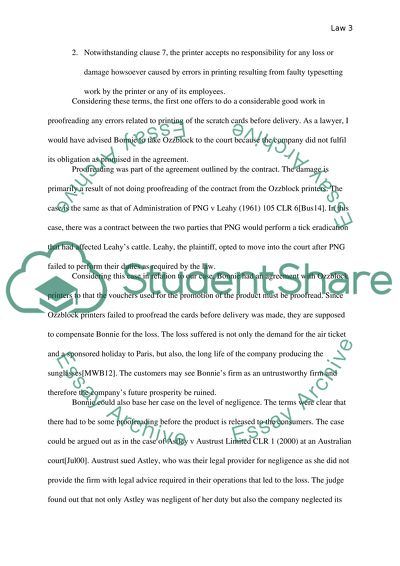Cite this document
(“Problem solving assignment Example | Topics and Well Written Essays - 1500 words”, n.d.)
Problem solving assignment Example | Topics and Well Written Essays - 1500 words. Retrieved from https://studentshare.org/law/1658600-problem-solving-assignment
Problem solving assignment Example | Topics and Well Written Essays - 1500 words. Retrieved from https://studentshare.org/law/1658600-problem-solving-assignment
(Problem Solving Assignment Example | Topics and Well Written Essays - 1500 Words)
Problem Solving Assignment Example | Topics and Well Written Essays - 1500 Words. https://studentshare.org/law/1658600-problem-solving-assignment.
Problem Solving Assignment Example | Topics and Well Written Essays - 1500 Words. https://studentshare.org/law/1658600-problem-solving-assignment.
“Problem Solving Assignment Example | Topics and Well Written Essays - 1500 Words”, n.d. https://studentshare.org/law/1658600-problem-solving-assignment.


